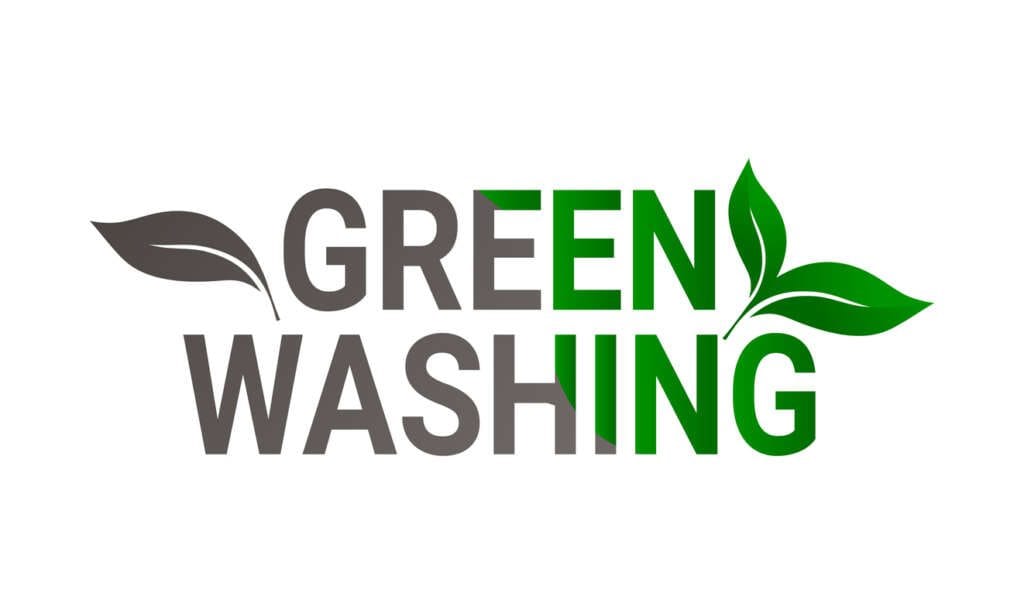
What is greenwashing
In an era where environmental consciousness is at the forefront of consumer and corporate minds, the term “greenwashing” has gained prominence. Greenwashing is a deceptive marketing practice used by businesses to appear more environmentally responsible than they truly are. In this comprehensive guide, we will delve into the concept of greenwashing, its various manifestations, and the implications it has on consumers, businesses, and the environment.
Defining greenwashing
Greenwashing, a portmanteau of “green” and “whitewashing,” is a deceptive marketing strategy used to create a false impression of environmental responsibility. It involves portraying a product, service, or company as environmentally friendly, sustainable, or green, even when it falls short of these claims. The term is derived from the idea of whitewashing or covering up undesirable aspects, in this case, a company’s environmental impact.
Key aspects of greenwashing
Greenwashing typically involves several key aspects, making it essential to recognize and understand these elements:
Misleading claims: Greenwashing often features misleading or vague environmental claims that lack substantiated evidence. These claims can range from product labels to advertising slogans.
Unverified certifications: Some companies may use false or irrelevant certifications to bolster their green image. These certifications are often unverified or lack significance.
Selective disclosure: Companies may focus on one or a few environmentally friendly aspects of their products or operations while ignoring broader issues or practices.
Diverting attention: In some instances, greenwashing serves as a distraction from more significant environmental concerns within the company’s operations.
Misuse of symbols and imagery: The use of symbols, images, or names associated with environmentalism or nature can mislead consumers into believing a product is eco-friendly.
Examples of greenwashing
Greenwashing can manifest in various forms across industries. Recognizing these examples is crucial to identifying deceptive marketing practices:
False labels: Products may carry labels suggesting they are eco-friendly or green without adhering to sustainable practices.
Irrelevant claims: Companies may highlight minor environmental improvements while neglecting more substantial environmental impacts.
Hidden trade-offs: Some products claim to be green in one aspect but fail to mention negative environmental consequences in other areas.
Lack of proof: When challenged, greenwashing claims often lack substantial evidence or transparency.
Consumer implications
The consequences of greenwashing extend to consumers who are often misled by deceptive marketing strategies. These implications include:
Consumer confusion: Misleading environmental claims can leave consumers unsure about which products are genuinely eco-friendly.
Reduced trust: Consumers may become skeptical of green claims, reducing trust in companies making valid environmental efforts.
Missed opportunities: Misguided purchases may lead consumers away from genuinely eco-friendly products and practices.
Business and environmental impact
Greenwashing can also have far-reaching effects on businesses and the environment:
Credibility loss: Companies found guilty of greenwashing can suffer a loss of credibility and reputation, which can impact their long-term success.
Environmental neglect: Greenwashing can divert attention and resources from real environmental initiatives that companies should undertake.
Regulatory response: Government agencies and regulatory bodies may step in to enforce stricter advertising and environmental standards.
Economic consequences: The spread of greenwashing can result in economic consequences for businesses, especially in industries heavily reliant on environmentally conscious consumers.
The fight against greenwashing
Recognizing and combating greenwashing is essential for fostering transparency and accountability. Several approaches and strategies are employed to address this issue:
Regulatory measures: Government agencies and consumer protection bodies often implement regulations and guidelines to ensure companies make accurate environmental claims.
Independent certification: Consumers can look for credible third-party certifications from organizations like Fair Trade, USDA Organic, and Energy Star, which verify environmentally friendly practices.
Consumer education: Raising consumer awareness about greenwashing and equipping them with the knowledge to identify deceptive claims is crucial.
Corporate accountability: Companies can take proactive steps to be environmentally responsible and transparent about their practices, fostering trust with consumers.
Greenwashing is a deceptive marketing practice that undermines genuine efforts to protect the environment and misleads consumers. As consumers become increasingly environmentally conscious, it is essential to recognize greenwashing and hold companies accountable for their environmental claims. Transparency, education, and regulatory measures are key to addressing this issue, ensuring that businesses and consumers can make informed and sustainable choices for a greener future. By collectively rejecting greenwashing, we can create a marketplace where genuine environmental responsibility is not just a marketing gimmick but a meaningful commitment to the planet.


